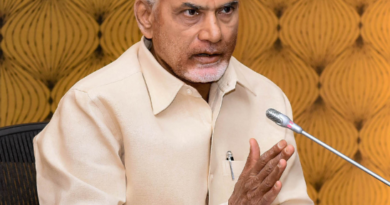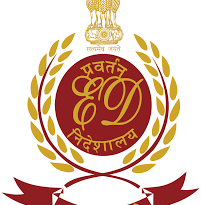CJI Khanna Backs Mediation for Justice Reform at the Launch of Mediation Association of India
(Judicial Quest News Network
As mediation gains prominence in India’s legal discourse, a common observation emerges—it is deeply ingrained in our culture, historically fostering resolution through dialogue and consensus. Rooted in the constitutional ethos of nyaya (justice) and samvaad (dialogue), traditional mediation reflects an instinctive preference for harmonious dispute resolution.
However, modern mediation stands apart—it is not merely informal negotiation but a disciplined, structured, confidential, and neutral process. Unlike litigation, it simplifies complexities, offering a flexible and personalized approach unbound by rigid procedures. Most importantly, it is empathetic, aiming not to dominate but to unite conflicting parties.
A key distinction lies in the role of the mediator. While traditional mediation often relies on respected community elders, modern mediation benefits from impartial third-party facilitators—free from preconceived notions or biases—allowing disputants to engage openly and honestly. This paradigm shifts underscores mediation’s transformative potential in India’s dispute resolution framework.
It is said, a mediator is like a psychologist, who must be trained to listen deeply, and to understand patiently. A skilled mediator senses not only what is being said, but also what lies beneath the words. In this way, they equip the parties with the right tools to arrive at their own solution.
I have gone through the new Mediation Act, 2023. There is one portion of the Act which has not been referred to or elucidated upon – that is Section 43. Section 43 of the Mediation Act provides for “community mediation”. Disputes likely to affect peace, harmony, and tranquillity among residents or families in a specific area or locality may be resolved through community mediation. This is an important step forward. Justice Khanna Said
The founding parents of our Constitution envisaged that provisions ought to be made for securing social justice in the Constitution. Our Preamble categorically asseverates that endeavours would be made to secure justice-economic, social and political-to our people. I want to underscore the term social justice here, for it is through mediation that social justice is achieved. Justice Khanna observed.
Over the past two decades, mediation has consistently played a critical role in resolving disputes, with case settlement numbers reflecting both resilience and recovery. Between 2016 and early 2025, a staggering 7,57,173 cases were settled using mediation.
However, I must acknowledge that mediation is yet to reach homes and villages, we are still at the periphery. India has been slow to arrive to mediation’s shore and understand its importance. Our goal must be to show every litigant, every businessperson, every citizen that mediation is not a lesser form of justice, but a wiser form of it.
My resolve and belief in this mission is made stronger by the presence of the Hon’ble President in today’s gathering. Her extraordinary journey and wisdom are rooted in knowing the pulse of the nation. She serves as a constant inspiration in realising that we must device solutions which empathise with people’s realities and mirror their aspirations.




